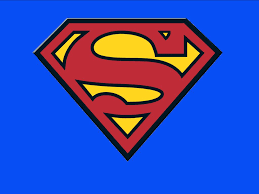Nazi collaborator monuments in Australia
There are hundreds of statues and monuments in the United States and around the world to people who abetted or took part in the murder of Jews and other minorities during the Holocaust. The Forward has, for the first time, documented them in this collection of articles. For a guide to each country’s memorials click here.
Sign up to read this post
Join Now

